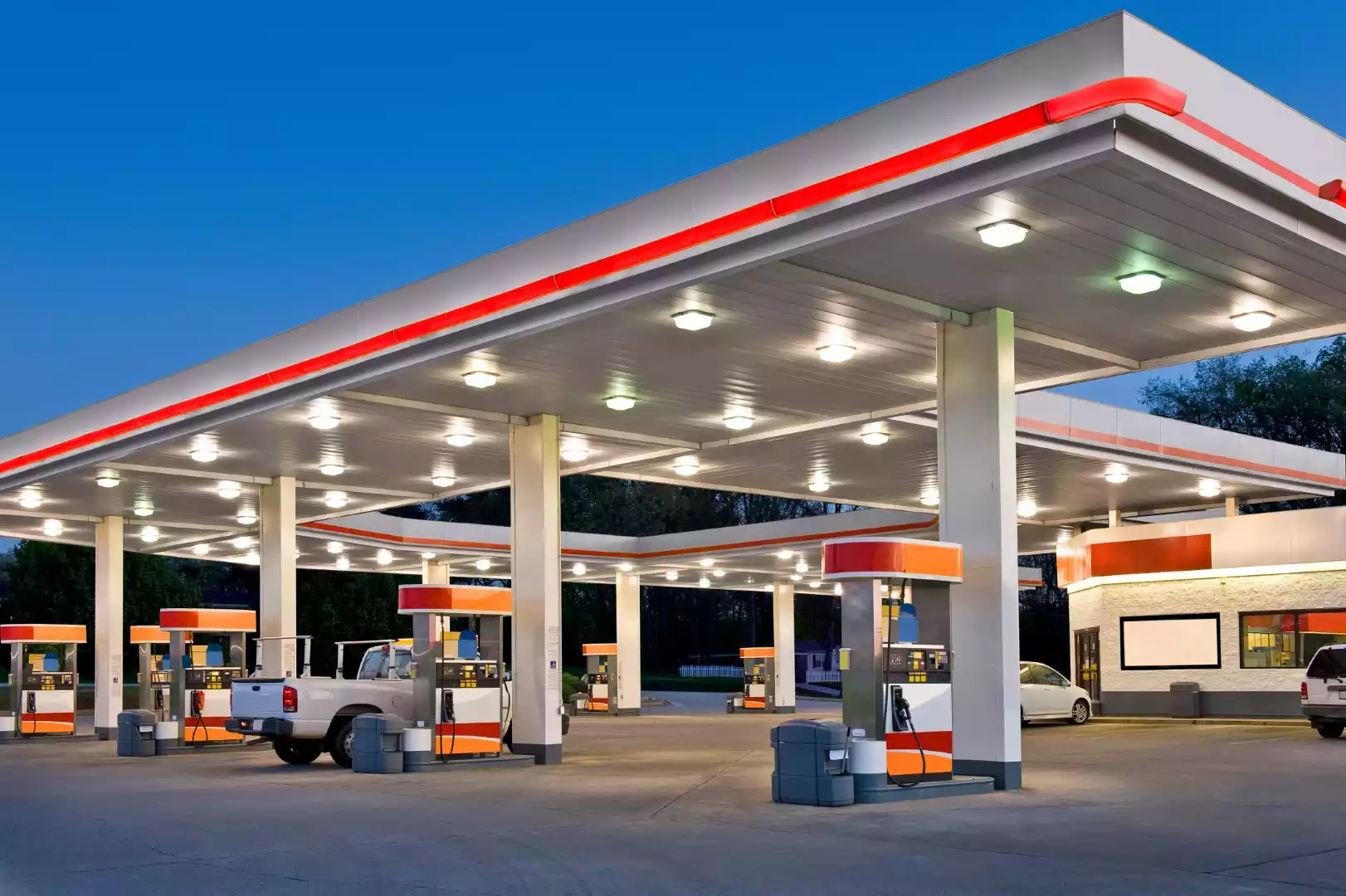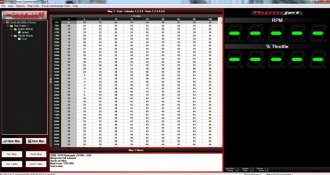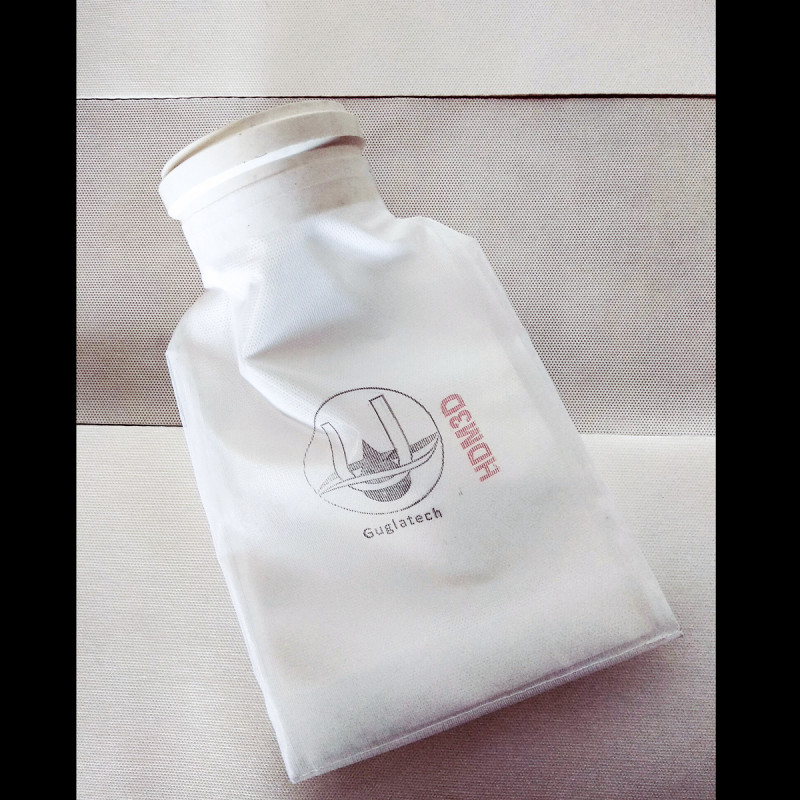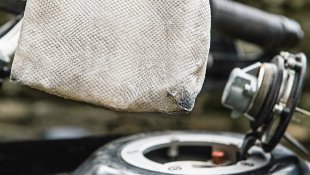Anyone use mid-grade gas in their Gen1 C-14 ?
I'm wondering why Kawasaki specifies premium.
My Triumph Trophy SE has a higher compression ratio than the Concours ( 11:1 vs. 10.7:1 and the intake valve closes sooner, too ) and Triumph says regular gas is OK to use. I usualy run mid-grade in the Trophy.
And a few years ago when riding in Canada on my Concours, a station only had regular and it seemed to run just fine on regular.
I'm hoping Steve will chime in.
I'm wondering why Kawasaki specifies premium.
My Triumph Trophy SE has a higher compression ratio than the Concours ( 11:1 vs. 10.7:1 and the intake valve closes sooner, too ) and Triumph says regular gas is OK to use. I usualy run mid-grade in the Trophy.
And a few years ago when riding in Canada on my Concours, a station only had regular and it seemed to run just fine on regular.
I'm hoping Steve will chime in.









